
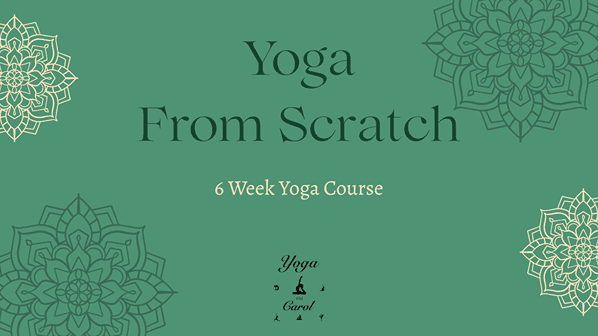


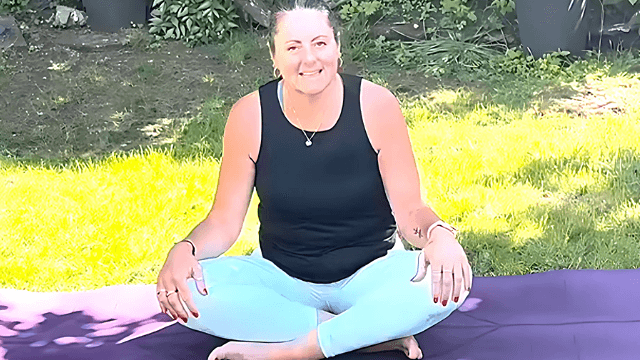
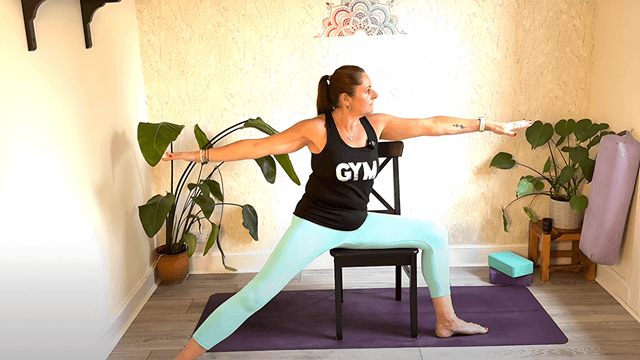
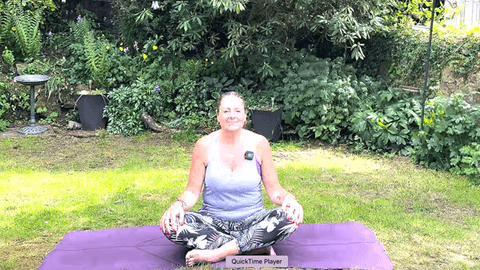

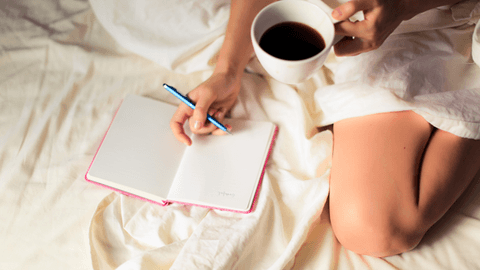
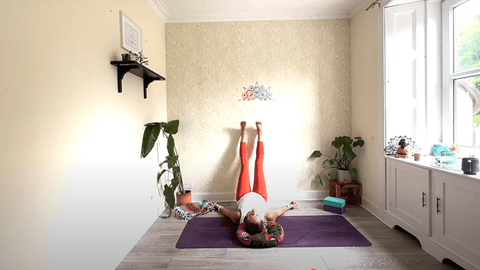

























































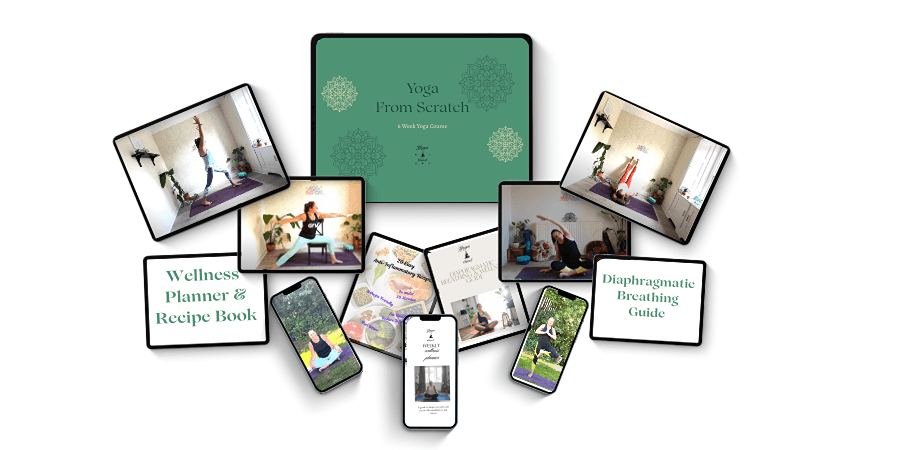

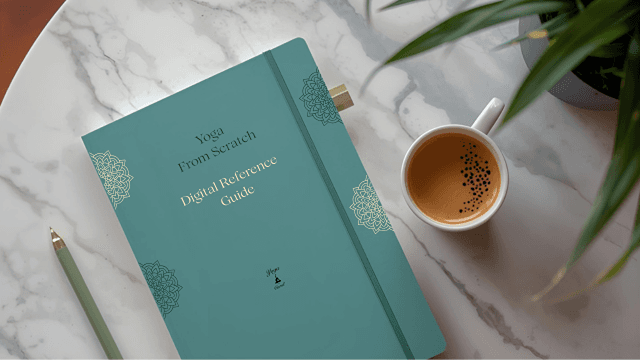
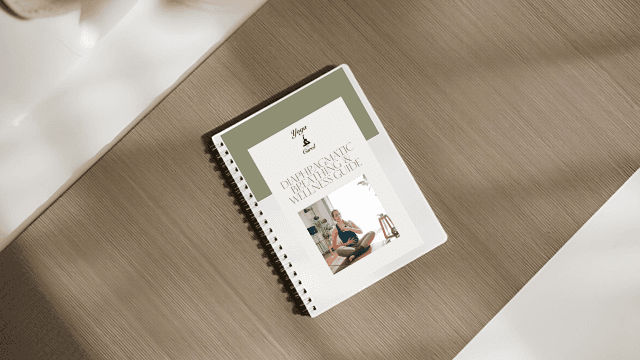
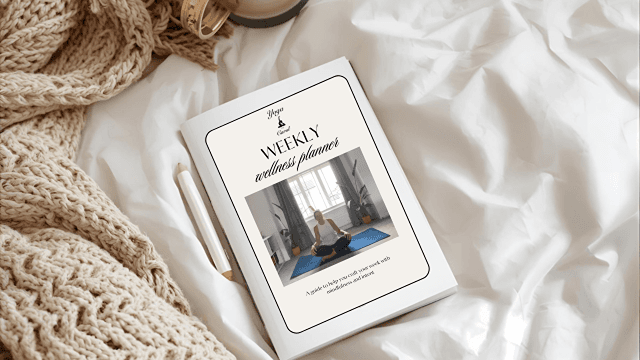


Yes. This course is designed for you. Especially if you don't have any idea how to do yoga.
Yes, this course is designed with arthritis in mind as I suffer from Rheumatoid & Osteo Arthritis myself. I focus on gentle mobility, circulation, and strength without forcing range. You’ll get chair options, prop support, and shorter sequences for flare days. Work within a “comfortable–challenging” zone (see Q10). If you have recent surgery, unstable joints, or new symptoms, check with your clinician first.
Absolutely. Flexibility is an outcome, not a prerequisite. I build gradually with bite-size progressions, strength for joint support, and plenty of modifications. You’ll choose the variation that fits today’s body.
Yes. Gentle strength + mobility, breath work, and down-regulation can support sleep, mood, hot flushes, and joint stiffness. I avoid over-heating styles and offer cooling, grounding options. Keep water nearby and layer clothing so you can adjust quickly.
Yes, with modifications:
Knees: use a folded blanket under knees; swap deep knee bends for supported options; use a chair for lunges/squats; avoid locking the knee.
Hips: never force range; prop under knees in Butterfly; shorten stance in Warrior; use chair for balance.
Wrists: try fists/forearms, slope the hands on a wedge/rolled towel, or take weight to legs/core instead of hands.
You can. Every class offers chair-based variations, and many flows translate to standing at the wall/chair. You’ll still build strength, mobility, and confidence.
No problem, use the chair/wall versions. We also teach safe “floor-to-stand” strategies you can practise gradually.
You’re not meant to. Pick the level that works today. Swap, skip, or repeat a simpler step. Progress comes from consistency, not perfection.
Green light: mild stretch/effort (dull, easing as you move) = OK.
Yellow light: sharp, catching, swelling, joint instability = stop that movement, choose a gentler option.
Red light: sudden severe pain, numbness, chest pain, dizziness that doesn’t settle = stop and seek medical help.
Rule of thumb: keep discomfort at 3–4/10 max and it should settle within 24–48 hours.
Aim for RPE 4–6/10 (moderate). For joints, keep sensation under 3–4/10 and non-sharp. You should finish class feeling steadier, not wrecked.
RPE = Rate of Perceived Exertion — a simple 0–10 scale for how hard you feel you’re working.
Here’s the quick guide (0–10 scale):
0–1: very easy, gentle movement
2–3: light effort, could do this all day
4–6: moderate — breathing a bit heavier, can talk in full sentences (our sweet spot)
7–8: hard — talking in short phrases, form can slip
9–10: very hard/max — not for this course
How to use it in your practice
Aim for RPE 4–6 most days.
On arthritis flare or low-energy days: keep it 3–4.
If a pose feels 7+, reduce range, add props/chair, or take an easier variation.
Joint comfort vs muscle effort
Muscle work ≈ OK at 4–6 (warm, working).
Joint sensations should stay ≤ 3–4 and never sharp/catching. If they are, stop/modify.
No. Minimum viable practice:
5–10 minutes: warm-up + 1–2 key moves + short relax.
Or use the chapter markers to do warm-up + cool-down only.
Something beats nothing—especially for arthritis.
Start with 3×/week (10–30 minutes) and add gentle daily mobility (2–5 minutes) if you can. Many notice reduced stiffness and better energy within 2–4 weeks.
Comfy layers you can move in (leggings/joggers, T-shirt/long sleeve), nothing too loose that you could catch it or trip on it . Bare feet or grip socks. If kneeling is sensitive, choose thicker leggings or add a knee pad/blanket.
A non-slip mat helps. If you have hard floors and sensitive knees, look for 5–8 mm thickness or use a folded blanket under the mat for padding.
Recommended basics (budget-friendly):
2 blocks (or firm books)
Yoga strap (or belt/scarf)
Blanket and cushion (bolster substitute)
Chair (stable, no wheels)
Optional: knee pad, wrist wedge. You can start with household items and upgrade later.
Done mindfully, yoga can reduce stiffness, improve strength and balance, and support pain management. The key is pacing, props, and staying in your safe zone.
Yes, but keep it gentle and short: breath work, joint-friendly mobility, supported rest. Skip strength holds and end-range stretches. If a movement increases joint heat/swelling, stop.
Get clearance from your clinician. Avoid end-range levers and any movement they’ve restricted. We’ll offer neutral-range, chair-based options and focus on posture, breath, and gentle strength.
Yes, with care. Prioritise neutral spine; avoid strong end-range forward bends/twists. We emphasise strength and balance to support bone health. When in doubt, choose the simpler variation.
Pause, sit, and breathe slowly with longer exhales. Hydrate and avoid quick changes in head position. If dizziness persists or is new/worsening, speak to your clinician.
Sit on a chair (or high cushions).
Lie on your back with knees supported by a bolster/rolled blanket.
For kneeling postures, use thick padding or take the chair version.
Practise near a wall or chair, keep a soft bend in the standing knee, and fix your gaze on something still. Balance improves quickly with short, regular practice.
Try “longer exhale” breathing (inhale 4, exhale 6–8). Keep the jaw and shoulders soft. Never hold your breath during effort.
Yes. Gentle movement + breath + guided relaxation calm the nervous system. Try the evening wind-down options and short Yoga guided meditation.
Perfect, this course complements cardio by improving mobility, single-leg stability, and core control. Your joints will thank you.
Keep it light 1–2 hours before (or a small snack 30–60 mins prior), hydrate, and have water handy, especially with menopause symptoms.
Track wins beyond flexibility: easier stairs, less morning stiffness, steadier balance, better sleep or mood. Use a simple journal: date, minutes, what felt good, any joint improvements to note. I will also give you journal prompts at the end of each video to help.
Mild muscle soreness (24–48 hrs) can be normal when you’re building strength. Joint pain, swelling, or heat is your cue to scale back and use more support next time.
No. We keep practice inclusive, practical, and accessible. Breath and mindfulness are tools for focus and calm, use what serves you and leave what doesn't. Make your practice your own.
Yes, wall versions are fantastic for alignment, confidence, and joint comfort. I will show wall options for hips, hamstrings, balance, and gentle strength work.
Just pick up where you left off, sometimes you feel too sore or life gets in the way. Consistency over time beats streaks. Use the short practice option to restart.
Yes, great idea. Leave at least a few hours between heavy strength work and deep stretching. Gentle mobility can be done daily.
Use a chair or wall plank, forearm plank, or build time in short sets (5–10 seconds). Prioritise alignment: long spine, engaged core, shoulders away from ears.
Start with 5–10 minutes, chair or wall versions, and your favourite 1–2 poses. Celebrate tiny wins. Momentum > motivation. Doing something is better than doing nothing.
Yes, in fact I would encourage it. Morning practice can ease stiffness and set you up for the day. Warm up gently and take longer to get moving. Even 5 minutes counts.